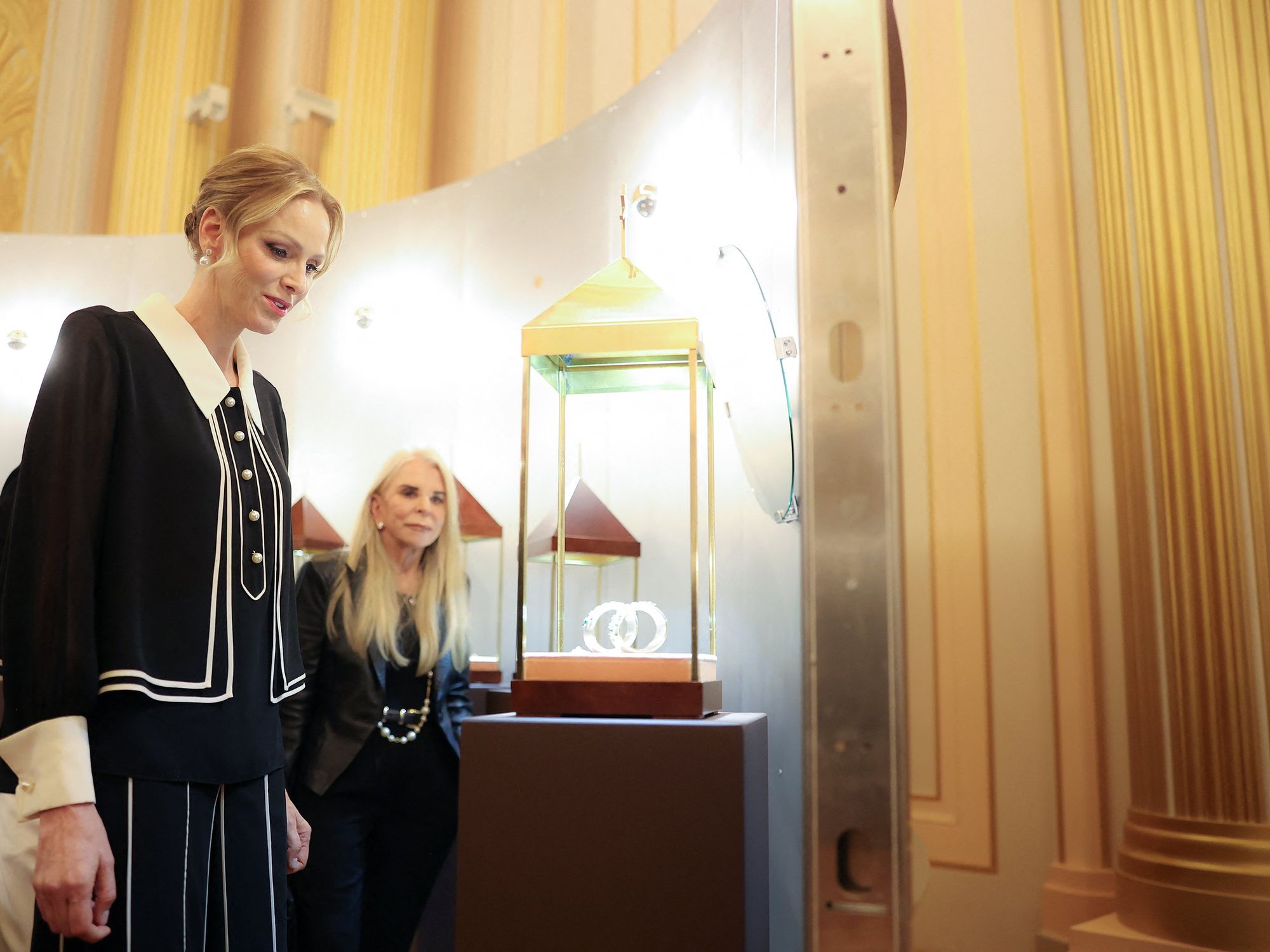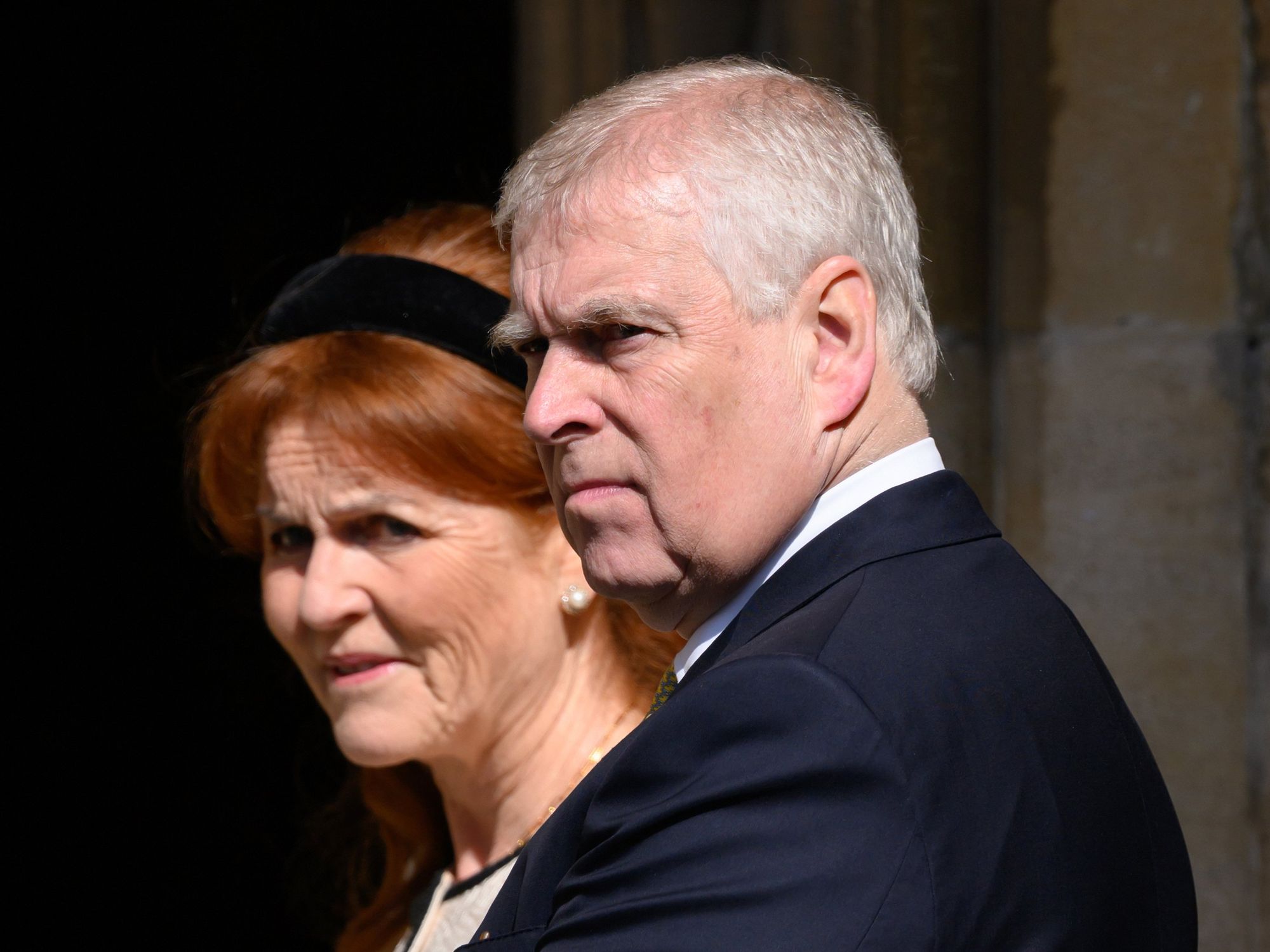Archaeology breakthrough as rare 1,800-year-old tomb discovered with ancient untouched treasures

The tombs were uncovered during renovations at a local park
Don't Miss
Most Read
Latest
Chinese archaeologists have discovered three 1,800-year-old tombs in the southeastern city of Rizhao, with one remarkably well-preserved tomb containing more than 70 burial artefacts.
The tombs, dating to the Han dynasty which ruled from 206 BC to 220 AD, were uncovered during renovations at a local park approximately 400 miles from Beijing.
While two of the tombs had been "seriously stolen", the third remained largely intact, according to the Institute of Archaeology at the Chinese Academy of Social Sciences.
"One tomb is well preserved, and more than 70 pieces of various burial goods have been unearthed," the institute said.

Chinese archaeologists have discovered three 1,800-year-old tombs in the southeastern city of Rizhao, with one remarkably well-preserved tomb containing more than 70 burial artefacts
|Chinese Academy of Social Sciences
The excavation revealed an extraordinary array of artefacts including bronze mirrors, pottery vessels, a turtle button bronze seal, lacquered cases, wooden barrels, ear cups and glazed pottery.
Additional finds comprised mirror brushes, bamboo hairpins, copper seals, copper hooks and iron swords.
Most remarkably, archaeologists discovered traces of an ancient coffin carriage featuring "two round wooden wheels", which the institute described as "exquisitely crafted and uncommon".
This wheeled vehicle was likely used to transport the deceased to their final resting place.
LATEST DEVELOPMENTS:

The tombs, dating to the Han dynasty which ruled from 206 BC to 220 AD, were uncovered during renovations at a local park approximately 400 miles from Beijing
|Chinese Academy of Social Sciences
The coffins were accessible through common passageways connected to rooms equipped with doors and windows, revealing sophisticated tomb architecture.
Seals discovered in the tombs revealed crucial information about their occupants, with one inscription identifying the owner as "Huan Jia".
Two of the three tombs contained inscriptions bearing the surname "Huan".

The excavation revealed an extraordinary array of artefacts including bronze mirrors, pottery vessels, a turtle button bronze seal, lacquered cases, wooden barrels, ear cups and glazed pottery
|Chinese Academy of Social Sciences
"What is rare is that two of the three tombs have been unearthed with seals and the same surname is Huan, so it can be inferred that the cemetery should belong to the tombs of the Huan family," the institute explained.
Archaeologists believe the tombs likely served as the final resting place for a married couple from the Huan family.
The discovery represents "an important discovery of tombs in the Han Dynasty in recent years along the southeast coast of Shandong," according to archaeologists.
All human remains in the tombs had completely decayed, leaving the burial ceremony details unknown.
"Judging from the form of the tomb and the unearthed burial goods, the situation of the tombs in the middle and late Western Han Dynasty found in this area is roughly the same, and it should also belong to the middle and late Western Han Dynasty," scientists concluded.










